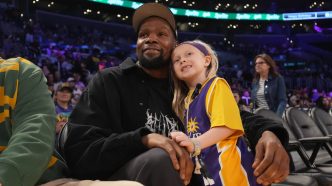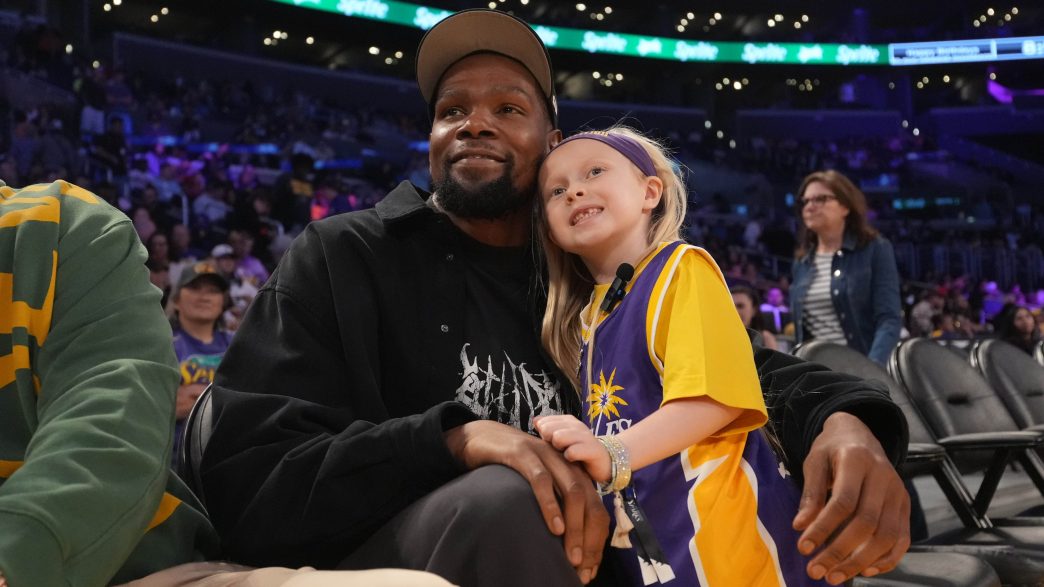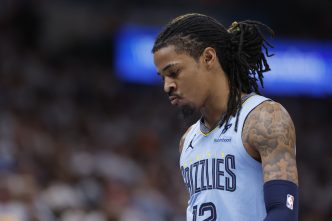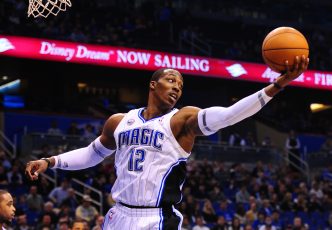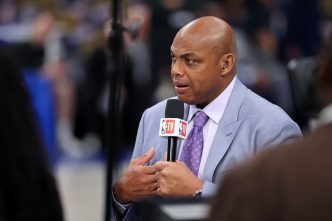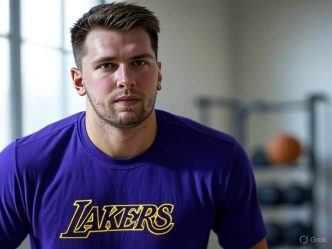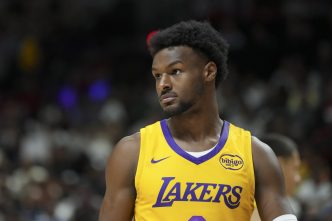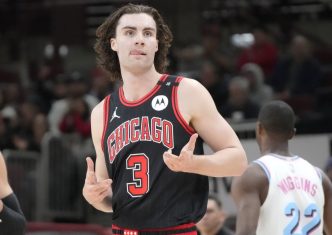When it comes to orchestrating a seven-team trade in the NBA, it’s not so much about grand gestures as it is about meticulous planning—think of it like crafting a complex recipe where every ingredient plays a crucial role. Having been on the inside of many trades during my time with the Memphis Grizzlies, I can attest that these blockbuster deals often emerge from the careful blending of several smaller transactions.
Fundamentally, the appeal of multi-team trades lies in their advantages over simpler, sequential deals. Under the rules set forth by the collective bargaining agreement, when teams engage in a “simultaneous trade,” they can significantly benefit from larger trade exceptions compared to what they’d get from a series of isolated deals. This means that teams can often maneuver more creatively around salary limitations, opening the door to much more substantial trades.
Take a look back at the 2016 trade deadline when the Grizzlies were poised to send Courtney Lee to the Charlotte Hornets. Initially set to acquire Brian Roberts, P.J. Hairston, and a pair of second-round picks, the arithmetic didn’t add up; due to salary constraints, we had a limited trade exception. Instead, we brought in the Miami Heat to help facilitate a three-team trade, allowing us to handle salaries more effectively. By adding Chris Andersen, who had a heftier contract, we created a favorable scenario that met the league’s requirements, and voilà! A trade that worked out for all parties involved.
Fast forward to this offseason, and you see a similar buzz surrounding a notable seven-team deal involving Kevin Durant. This transaction didn’t spring up overnight but was the direct outcome of multiple trades discussed leading up to the draft. While there was an opportunity to negotiate deals individually, it was far more efficient for all involved to do so simultaneously, as they could leverage the existing trade exceptions more effectively.
The timeline around July 6—the day teams can formally sign free agents—and the trade deadline are prime periods when these multi-team trades come to life. On July 6, teams look to solidify relationships from the draft and fill gaps via sign-and-trade agreements. Conversely, a trade deadline rush forces teams to bundle their efforts together; there isn’t enough time to gain league approval for separate trades, leading to a flurry of activity as teams scramble to finalize moves before the clock runs out.
This year, the Houston Rockets and the Phoenix Suns struck a deal that sent key assets, including several future picks, to help construct their roster for the future. By maneuvering around free agency and bringing in additional teams like the Atlanta Hawks for a sign-and-trade, they maximized the effectiveness of their trades, ensuring every team touched the deal in a strategic manner. The results were a chain reaction of trades that, while intricate, worked in everyone’s favor.
In this expansive web of transactions, timing and conditions are crucial. The Suns became a pivotal player in this scenario, utilizing their draft picks creatively, while other teams like Brooklyn and Minnesota seized the opportunity to further build their rosters. It’s a fascinating, complex puzzle that showcases the art of NBA trading—each piece interconnected, reliant on the others to achieve a common goal.
As we witness these high-stakes negotiations flourish, it’s evident we’re only scratching the surface. The dynamic nature of today’s league suggests that these multi-team deals will only become more frequent. Whether they involve high-profile players or turn into NFL-style blockbuster trades, one thing is for sure: in the world of the NBA, excitement is always on the horizon. So, grab your popcorn because next summer, the trade drama will be back in full swing, and who knows what surprises await!

